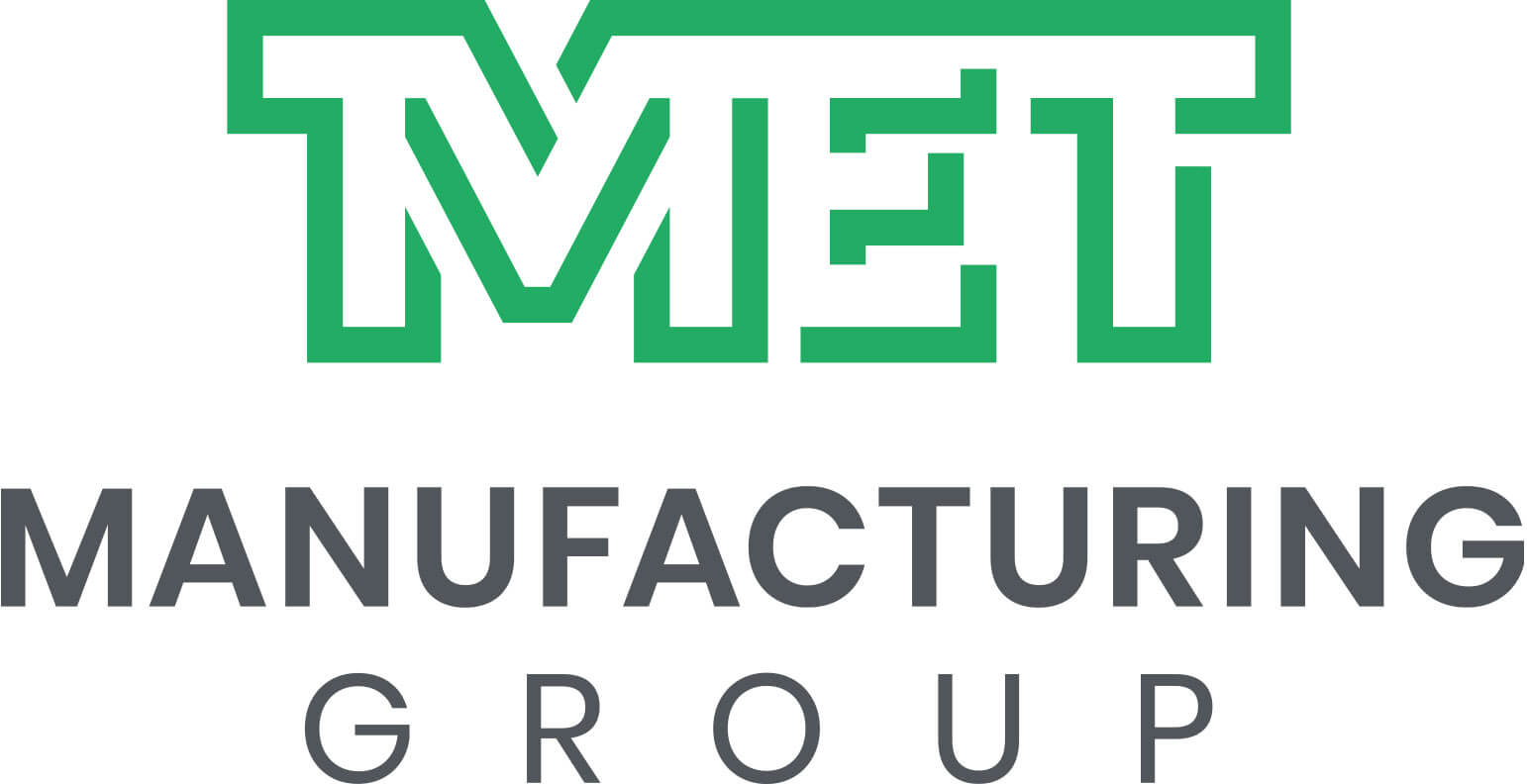Design Guide Photochemical Etching: A Complete Guide to Engineering a Photochemically Etched Part
Photochemical etching is a manufacturing technique that uses chemical reactions to accurately remove a material from a metal sheet. A photosensitive mask, known as photoresist, is applied to a metallic surface, protecting areas where material is to be retained. The sheet is then exposed to UV light and put through a development process which hardens the masked portions. Lastly, the unprotected metal is dissolved from the frame, leaving behind the desired part or component.
Accurate design is crucial in etching to ensure precise material removal and achieve the intended component specifications. Any discrepancies can lead to errors in the final product, affecting its functionality and compromising the overall quality of the etched component. Here are different design principles and guidelines to guarantee optimal results:
1. Tolerances
Standard rules on tolerances are pivotal in achieving consistent outcomes across different manufacturing scales. In the early stages of product development, a tolerance of ±20% of the metal thickness balances precision and flexibility. This allows for iterative adjustments without compromising the feasibility of the etching process.
Given the variable nature of prototype development, designers should be prepared to refine tolerances based on feedback from the initial runs. This adaptability ensures that subsequent iterations meet evolving design specifications. Prototyping also often involves smaller batch sizes, and the tolerance choice should align with cost considerations.
As designs transition from prototyping to full-scale production, it is advisable to tighten tolerances. While ±20% might be suitable for prototypes, high-volume manufacturing runs benefit from stricter controls to ensure consistent part quality.
2. Center-to-Center Dimensions
Center-to-center dimensions refer to the distance between the central points of two adjacent features, such as holes, slots, or other geometric elements. Small pieces benefit from photochemical etching to closely match the dimensions outlined in the production design. Due to certain limitations in preparation, practical tolerances are essential to guide the manufacturing process.
3. Hole Size and Slot Width
As a general rule, the hole’s diameter or the slot’s width should not be less than 1.2 times the metal thickness. This guideline prevents over-etching and material distortion, which may arise if the features are too small relative to the object. Adhering to this helps maintain the mechanical strength of the metal and ensures consistent results in the etching process.
4. Line Width
Line widths must equal the thickness when working with metals less than 0.005” thick to prevent distortion. For objects wider than 0.005”, the guideline recommends line widths of at least 1.2 times the metal thickness. This relationship ensures that the etching process proceeds without sacrificing the structural strength of the metal and results in accurate and reliable components.
5. Corner Radius and Hole Configurations
The following are several considerations to enhance the reproducibility and reliability of the components:
Inside Corner Radius
Sharp inside corners can be challenging to achieve and may lead to material distortion or irregularities during etching. Therefore, utilize adequate inside corner radii to facilitate smoother etching and prevent stress concentrations.
Outside Corner Radius
Maintain sufficient outside corner radii to prevent undercutting, a phenomenon where the etchant erodes the metal beyond the desired edge. Adequate external radii contribute to a more controlled etching process, ensuring the part retains its intended shape.
Hole Configurations
Consider the design’s hole arrangement and configuration. Proper separation between these features prevents material bridging and ensures each hole is etched individually. This is especially important in designs with many slots or similar elements.
6. Bevels
Bevels in photochemical etching refer to the slope produced on the walls of holes or along the metal edge during the process. The general approach is to either etch equally from both sides or entirely from one side for simplicity. Designers can vary the depth to create more bevels on one side when a two-side carve is necessary.
The variation is quantified by specifying the percentage of etch from each side. For example, a 90/10 number denotes 90% etching from one side and 10% from the other. Given the complexity of this operation, the indicated percentage of etch allows for some leeway. This will account for the practical challenges of getting accurate bevels.
7. Tie-Ins or Tabs
Tie-ins or tabs extend one or more lines from a part to the metal border. Their size and quantity are generally minimized unless specified otherwise. This practice maintains the structural integrity of the part during the etching process. In cases where the parts are exceptionally small, tabs aid in stripping photoresist or facilitating plating operations.
Choose MET Manufacturing Group for High-Quality Etching Services
MET Manufacturing Group is your one-stop shop for high-precision sheet metal components made possible by photochemical etching! Our expertise lies in delivering meticulously crafted metal parts, ensuring accuracy and adherence to your design specifications. What sets us apart is our comprehensive suite of value-added services, covering every aspect of your project’s needs.
Contact us or request a quote today!

